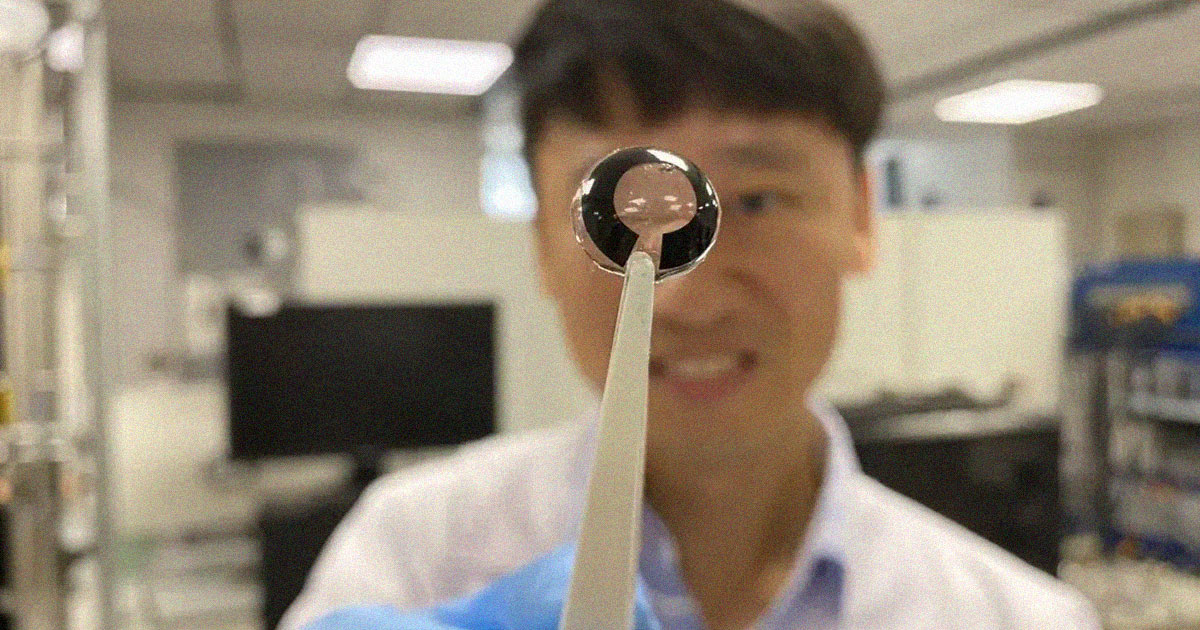

Breakthrough in Battery Technology: Tears Could Power Smart Contact Lenses
A team of researchers in Singapore has made a remarkable discovery in battery technology. They have developed a micrometer-thin battery that can store energy from human tears to power smart contact lenses.
Smart contact lenses have the potential to revolutionize the way we receive information and interact with our surroundings. With these lenses, we could receive turn-by-turn directions, see notifications, and access other easily presentable data without the need for bulky smart glasses or external devices.
However, one major hurdle in developing smart contact lenses has been finding a suitable power source. While display technology has become incredibly small, batteries have not kept up with the pace of miniaturization. This has resulted in the need for impractical wires connecting the lenses to an external power source.
Lead author Lee Seok Woo, an associate professor at Nanyang Technological University (NTU) in Singapore, explained the motivation behind their research: “This research began with a simple question: could contact lens batteries be recharged with our tears?” In a new paper published in the journal Nano Energy, Woo and his team detail their groundbreaking findings.
A Sustainable and Efficient Solution
The newly developed battery relies on glucose and water to generate electricity. These substances are safe for humans and have minimal environmental impact when disposed of, unlike conventional batteries. The battery is constructed using biocompatible materials and features a glucose-based coating that can react with sodium and chloride ions found in tears to generate electricity and power a circuit.
In a simulated eye experiment, the battery produced a current of 45 microamperes with a maximum output of 201 microwatts. This level of power is sufficient to operate a smart contact lens.
The innovative design of this battery offers an elegant solution to the problem of powering smart contact lenses without the need for bulky wireless charging. Coauthor Li Zongkang, a PhD student at NTU, explained, “By combining the battery and biofuel cell into a single component, the battery can charge itself without the need for additional space for wired or wireless components.”
Future Implications
While this breakthrough in battery technology is exciting, it is still in the early stages of development and far from being available to the general public. The battery can only be charged and discharged 200 times, limiting its lifespan.
However, the research team is already collaborating with contact lens companies to bring this technology to market in the future. This could potentially revolutionize the field of wearable technology and open up new possibilities for smart contact lenses.
Read more about smart contact lenses: Startup Shows Off Working AR Contact Lens You Can Actually Wear
